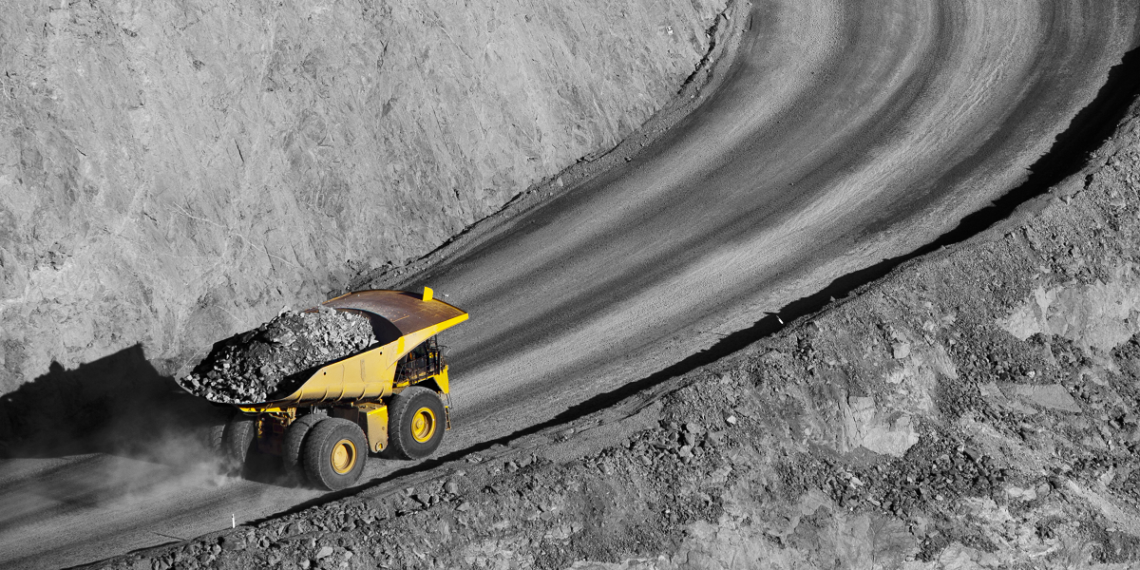What is surface mining?
Surface mining is a popular form of mining that means extracting minerals from near the surface of the Earth.
Surface mining accounts for around 90% of the rock and mineral resources mined in the U.S. In fact, more than 60% of the nation’s coal is produced by surface mining techniques.
This is because removing the soil and overburden at the Earth’s surface to access the mineral deposit is often more cost-effective than excavating tunnels, which are required for underground mining.
Surface mining is also often considered a safer alternative to underground mining as it does not require excessive electricity assembling and water piping.
When is surface mining used?
This mining method is often utilized when the rock contains a minimal amount of the ore being mined. Therefore, conventional mining techniques, such as tunnelling along veins, cannot be used. Miners access the minerals by blasting or drilling to remove the overlying rock and soil, creating an open area to access the ore body. Common materials extracted via surface mining are:
- Coal
- Copper
- Aluminium
- Iron
Coal mining accounts for almost half of all surface mining, sand, gravel, stone, and clay extraction for another 35%, phosphate rock for about 5%, and all metallic ores for about 13%.
With an increased demand for circulating battery metals, surface mining has risen to the forefront of the world’s solutions to mining essential metals.
Types of surface mining
Several methods of surface mining can be deployed depending on the extraction needs.
The five most common are:
- Open pit
- High wall
- Dredging
- Strip mining
- Mountaintop removal
1. Open-pit mining
Open pit mining, also known as opencast mining, is a surface mining practice that obtains minerals from an open pit mine in the ground. Open pit mines are the most conventional mining method used globally and do not require tunnels. This surface mining practice is used when minerals or ore are beneath a relatively thin overburden layer. Open pits are sometimes called quarries when they produce building materials and/or dimension stones.
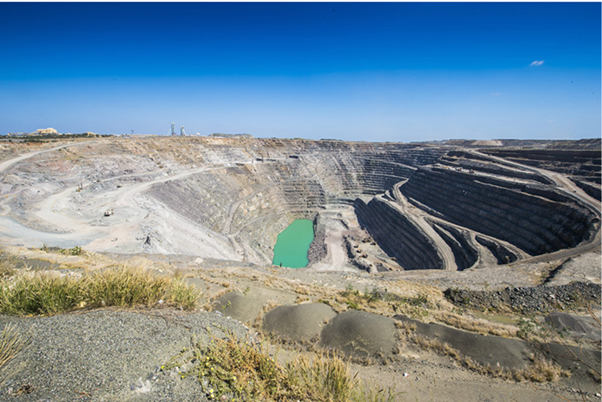
2. High wall mining
High wall mining was initially derived from auger mining. Auger mining refers to mining coal at a high wall or cliff by drilling holes into an unprotected coal mineral seam and transporting it along an auger bit to the surface.
High wall mining is a remotely controlled mining process that isolates coal from the base of an exposed high wall. The technique has a low capital cost and less production time than a full underground mine. High wall mining can also produce more than 1M tonnes per system annually. This method has frequently been used in Australia, the U.S., and India with considerable success.
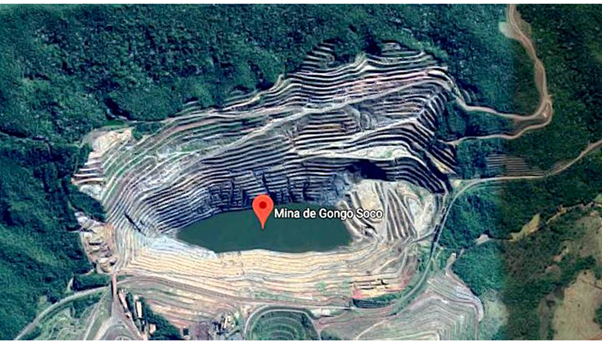
3. Dredging
Dredging refers to the underwater excavation of mineral deposits. The bottom of certain bodies of water, particularly rivers or lakes, often contain accumulated sediments such as gravel. Gravel is one of the central ingredients in creating concrete and is frequently used in many industrial applications.
The process involves recovering these minerals using specialized machinery, such as bucket wheel excavators. The bucket wheel digs into the soft substance at the bottom of the body of water. It transfers the mined materials onto a dredge. The economically viable waste products are then separated, and the unwanted material is returned to the water. Dredging is often associated with gold mining and is a popular choice amongst miners.
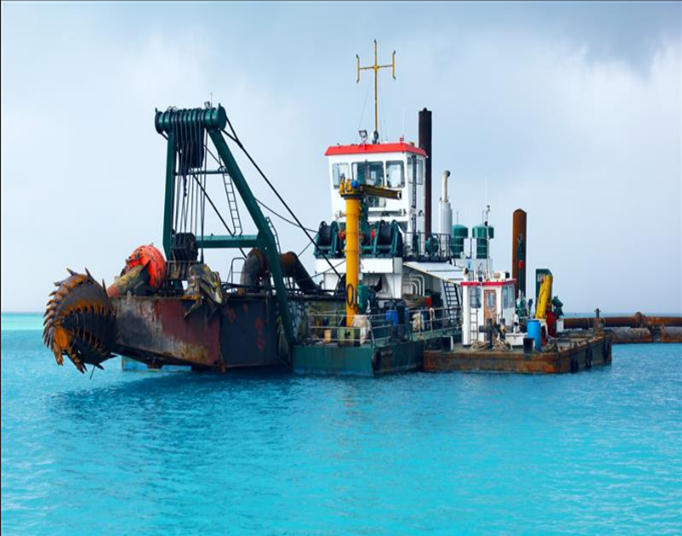
4. Strip mining
Strip mining is the process of eliminating overburden above a seam or layer of material, such as coal, and then mining the exposed matter. A common type of strip mining is called contour mining. Contour mining removes the overburden layer from hilly terrain where the seam is roughly the same height along the hillside. Once complete, the cut looks like a contour, hence the name. This method of mining is most suitable for flat or shallow seams of materials only a few feet below the Earth’s surface.
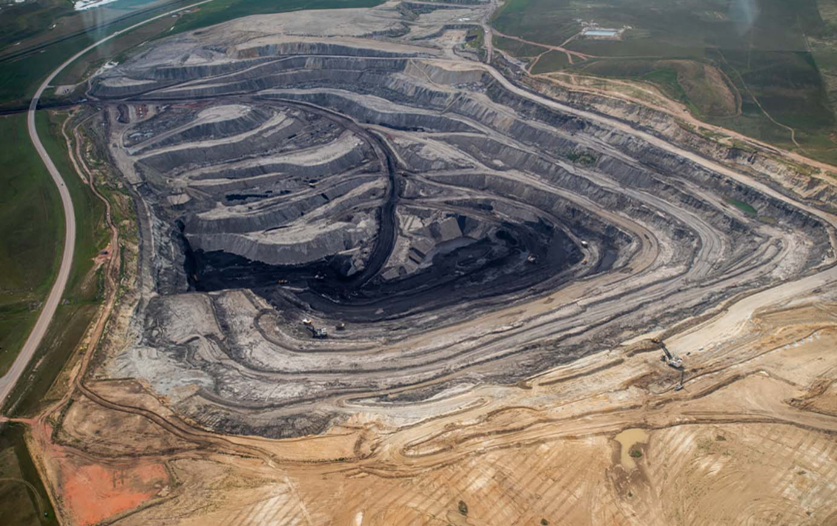
5. Mountaintop removal
Mountaintop removal mining is a form of surface mining at the summit or ridge of a mountain top, where extremely large, overburdened areas are removed to access coal seams. This surface mining frequently occurs in the Appalachian Mountains in the eastern U.S.
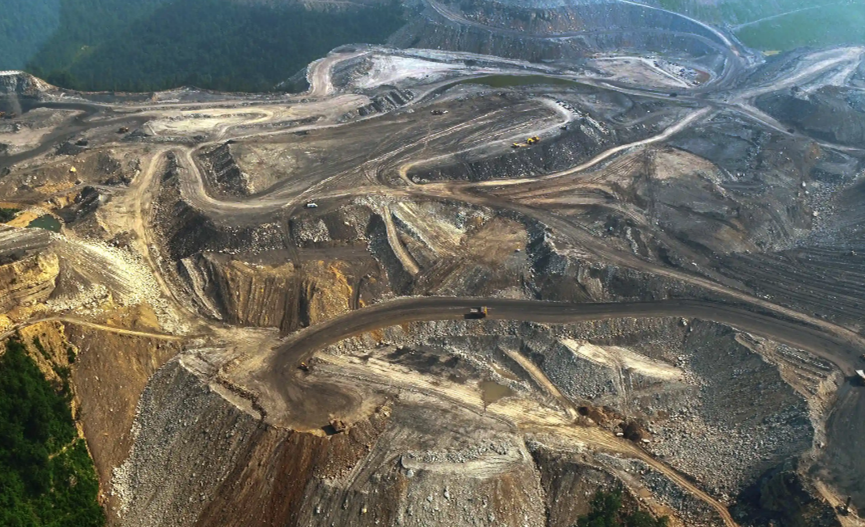
Advantages of surface mining
Cost-effective
One of the most substantial advantages of surface mining compared to other conventional mining techniques is its cost-effectiveness. This is because surface mining is a relatively quick process as the minerals lie close to the exterior and do not require complex or lengthy transportation procedures to reach the surface of the mine. There are also no space restrictions or confined tunnels and shafts to affect the rate at which ore can be removed. Hence, the recovery rate is much higher than that of underground mining.
Higher degree of mechanization
The degree of mechanization for surface mining is much higher than that of underground mining. Not only does this maximize the productivity of the operation, but it also decreases reliance on human labour. Mechanization means the risk of workplace fatalities is much lower, reducing the risk of impacting human health and, overall, much safer.
Flexibility
A significant advantage of surface mining is its adaptability. The movements and planning of each mining section can change once the condition of the exploited ore and complexity of extraction are reviewed. This flexibility allows mining companies to overcome geological issues or adopt a new approach to obtaining the ore if the initial approach isn’t deemed successful.
Mine reclamation
Once the surface mining procedure has been completed, reclamation is carried out to restore the mining site and the environment for post-mining land use. This alleviates the negative impacts of the mining process and ensures the ecosystem is returned to a sustainable state.
Reclamation encompasses four stages: contouring of land, topsoil substitution, revegetating the land, and observing the progress over a prolonged period.
Disadvantages of surface mining
Ore grade
One disadvantage to surface mining is the grade of the extracted mineral ore. Surface mining is usually only employed to exploit near-surface, non-selective, and low-grade deposits. This means that whilst the recovery rate is high, the grade and worth of the material are usually lower than those collected at a deeper depth.
Disturbances to the environment
Surface mining requires the temporary disturbance of a large environmental area to excavate the mineral ore. Many surface mining operations involve blasting the overburden to access the minerals beneath. This can negatively impact the natural environment and cause noise pollution to those who inhabit the areas around the operation.
Some forms of surface mining, such as mountain top mining, are also too complex and costly to undergo reclamation. Therefore, the affected area might remain unrestored indefinitely.
Environmental, social, and governance (ESG) has fast become a central aspect of all mining practices. Many, if not all, mining companies are now employing ESG practices, such as reclamation, to mitigate environmental and environmental challenges by mining procedures.
Surface mining equipment
- Blasthole drills – mining machines that drill holes into the Earth’s crust to place explosives
- Bucket-wheel excavators – machinery used in open-pit mining to continuously dig, transport, and load materials
- Dozers – machinery used to transport large quantities of earth to different areas
- Dragline excavators – machinery used in strip mining to remove overburden and earth excavation. This is one of the heaviest pieces of mining machinery in operation
- Graders – graders are used to creating feasible roads for mining trucks to transport minerals out of the mine
- High wall miners – machines that extract coal from exposed seams
- Mining trucks – large, sometimes completely autonomous using radar or LiDAR technologies, dump trucks
- Shovels – used for digging and extracting rocks and minerals
- Wheel tractor scrapers – earthmoving machinery like dozers
To stay updated with the latest mining information, check out our news centre to see unfolding developments in the mining space.


